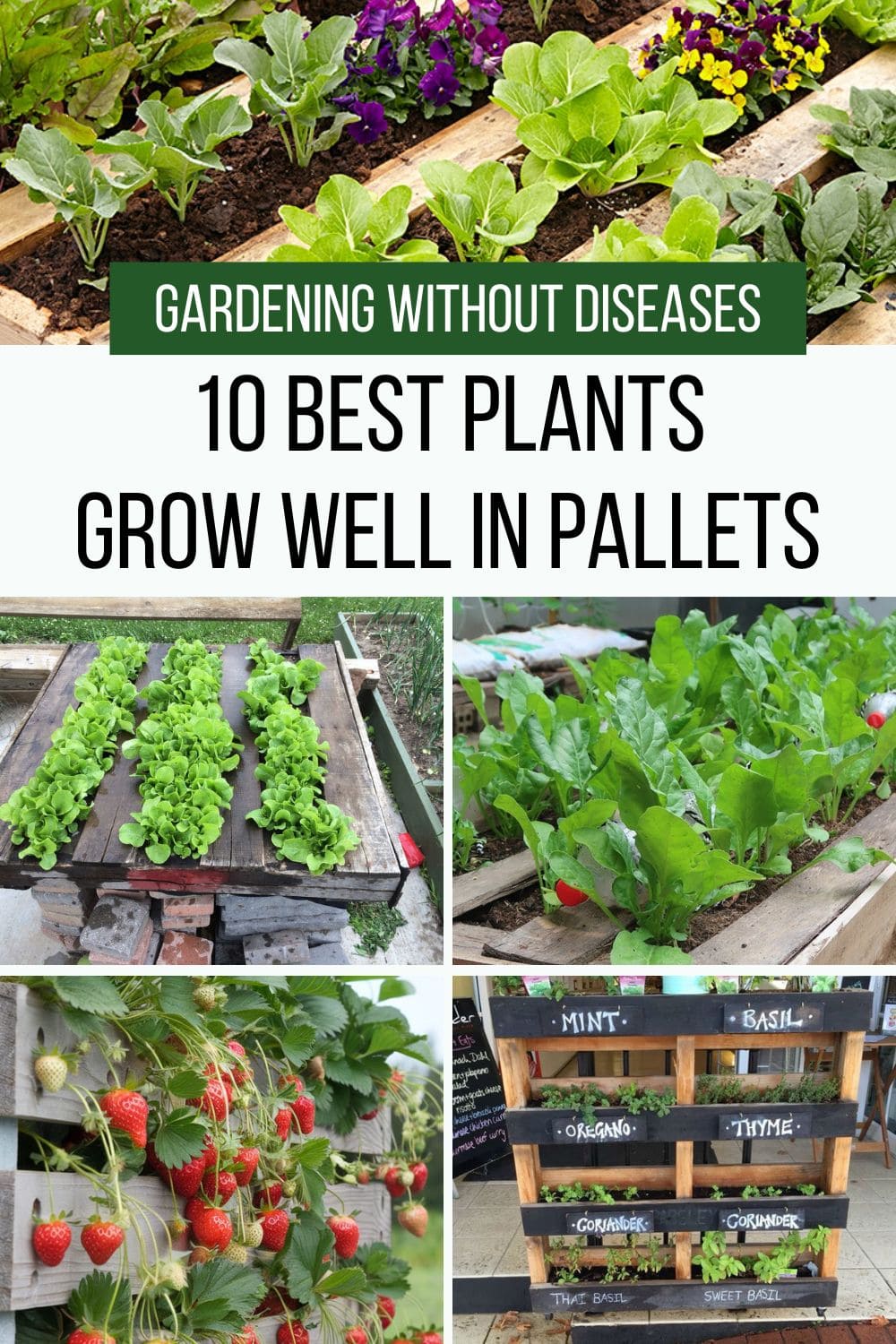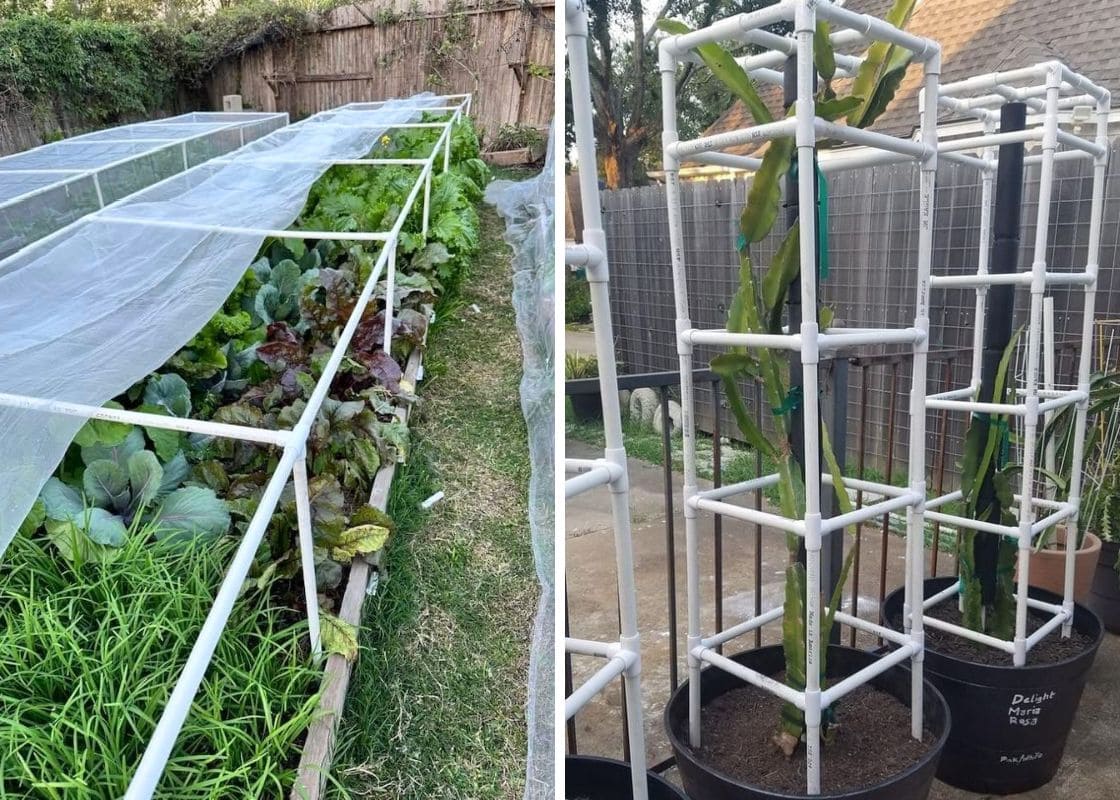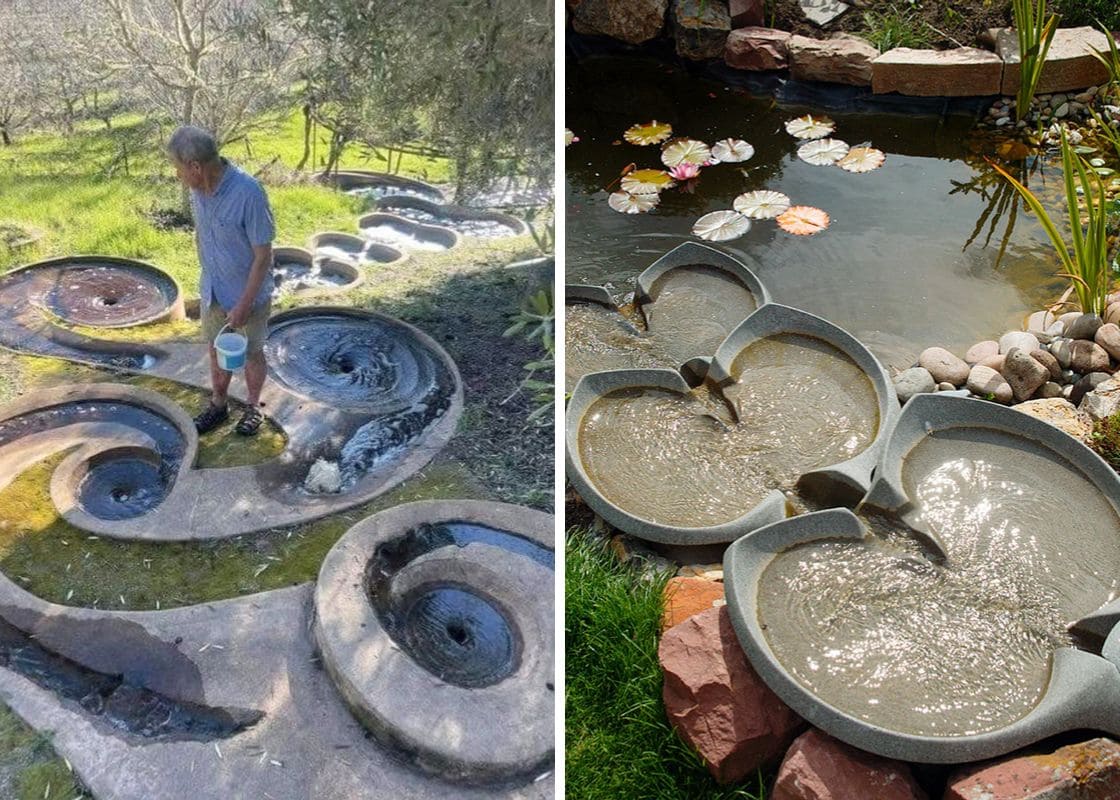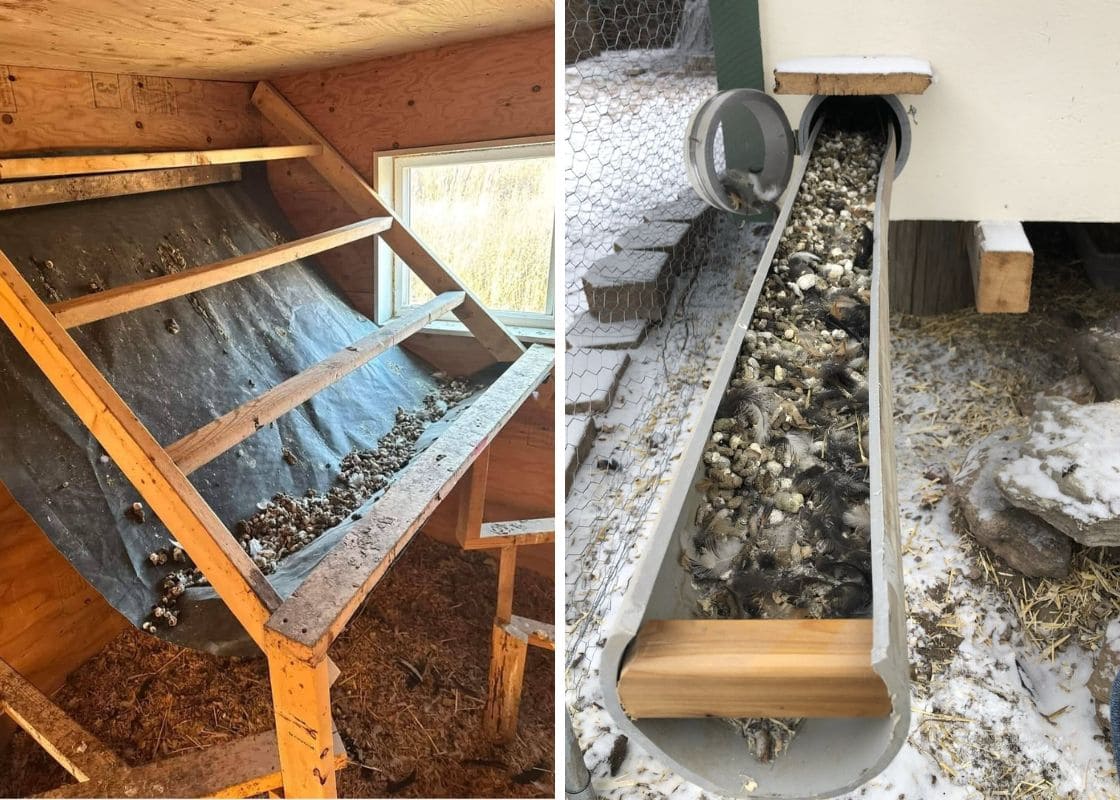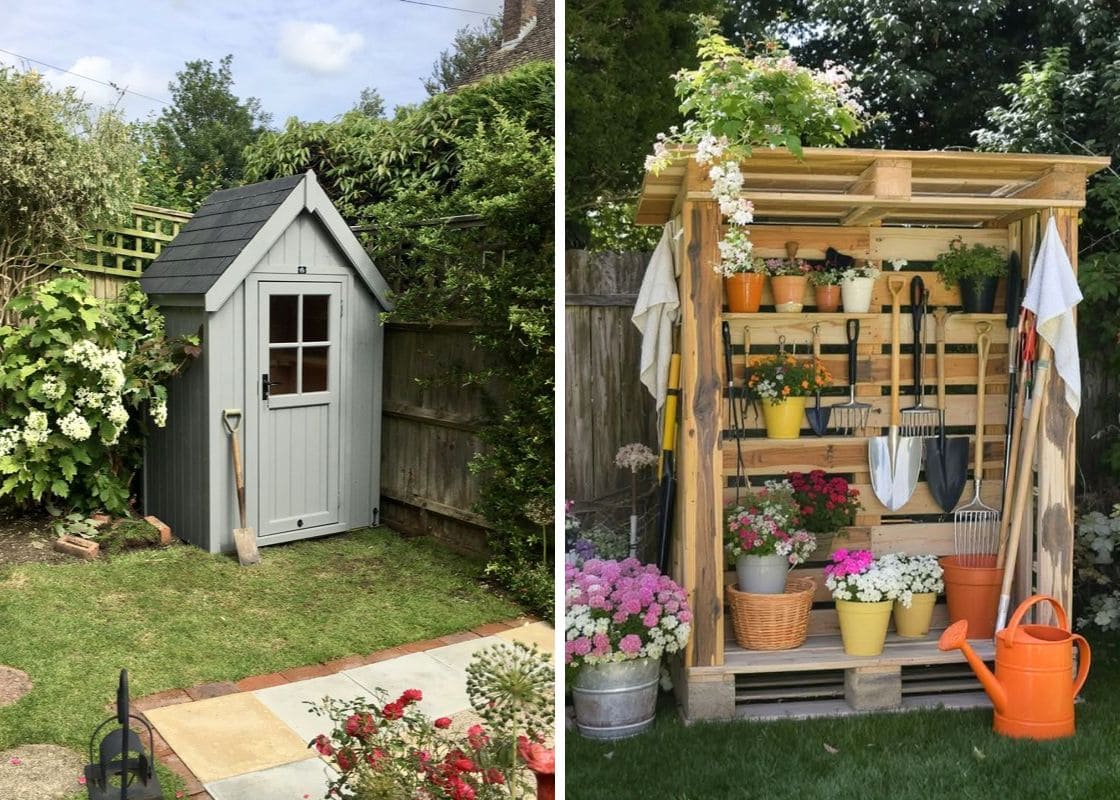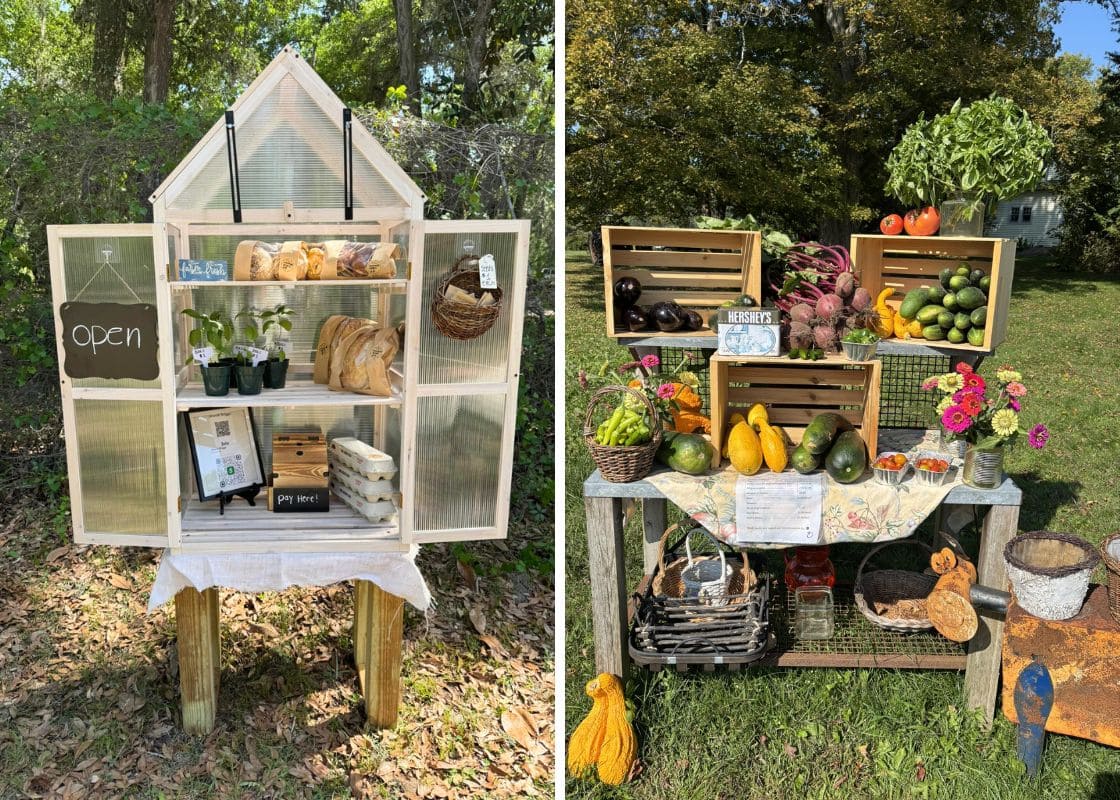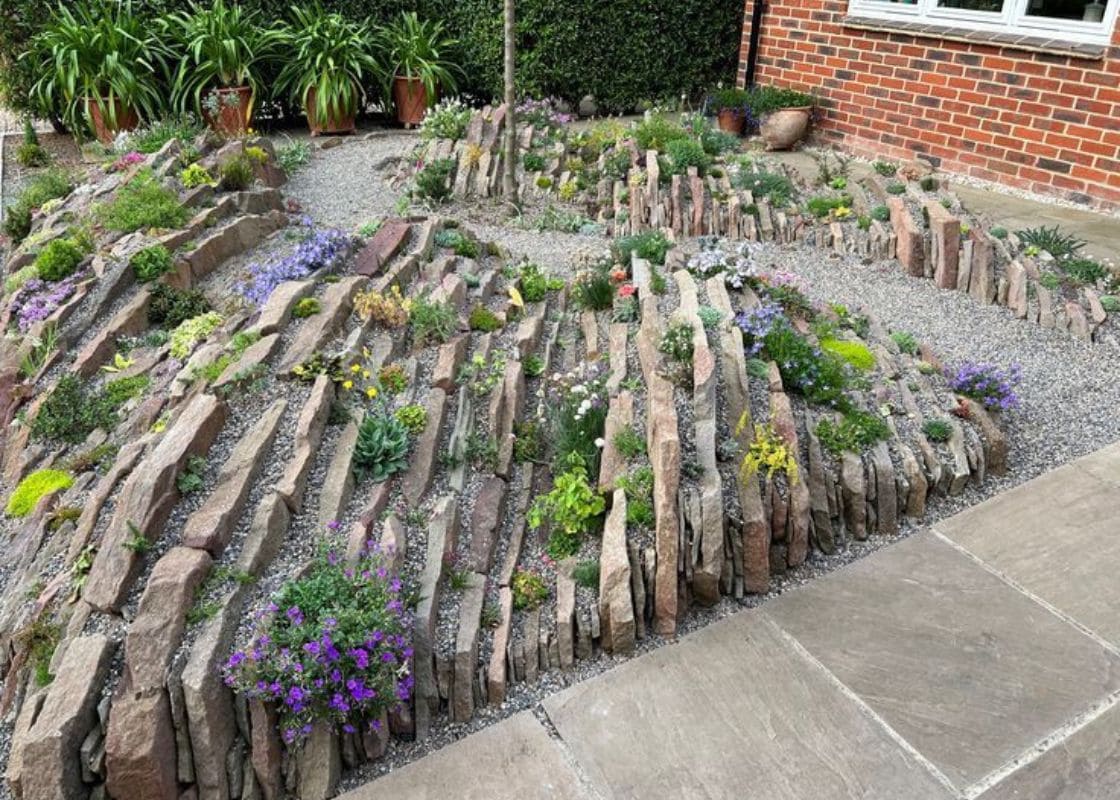If you’re tight on space or want to turn reclaimed materials into something productive, pallet gardening is a beautiful way to do both.
Wooden pallets offer a natural grid, perfect for shallow-rooted, compact plants. And with the right choices, you can create a thriving little ecosystem, even if you’ve only got a wall or a balcony to work with.
Here are 10 plants that grow remarkably well in pallet setups, with helpful notes to make each one thrive.
Why Use Pallets in Gardening?
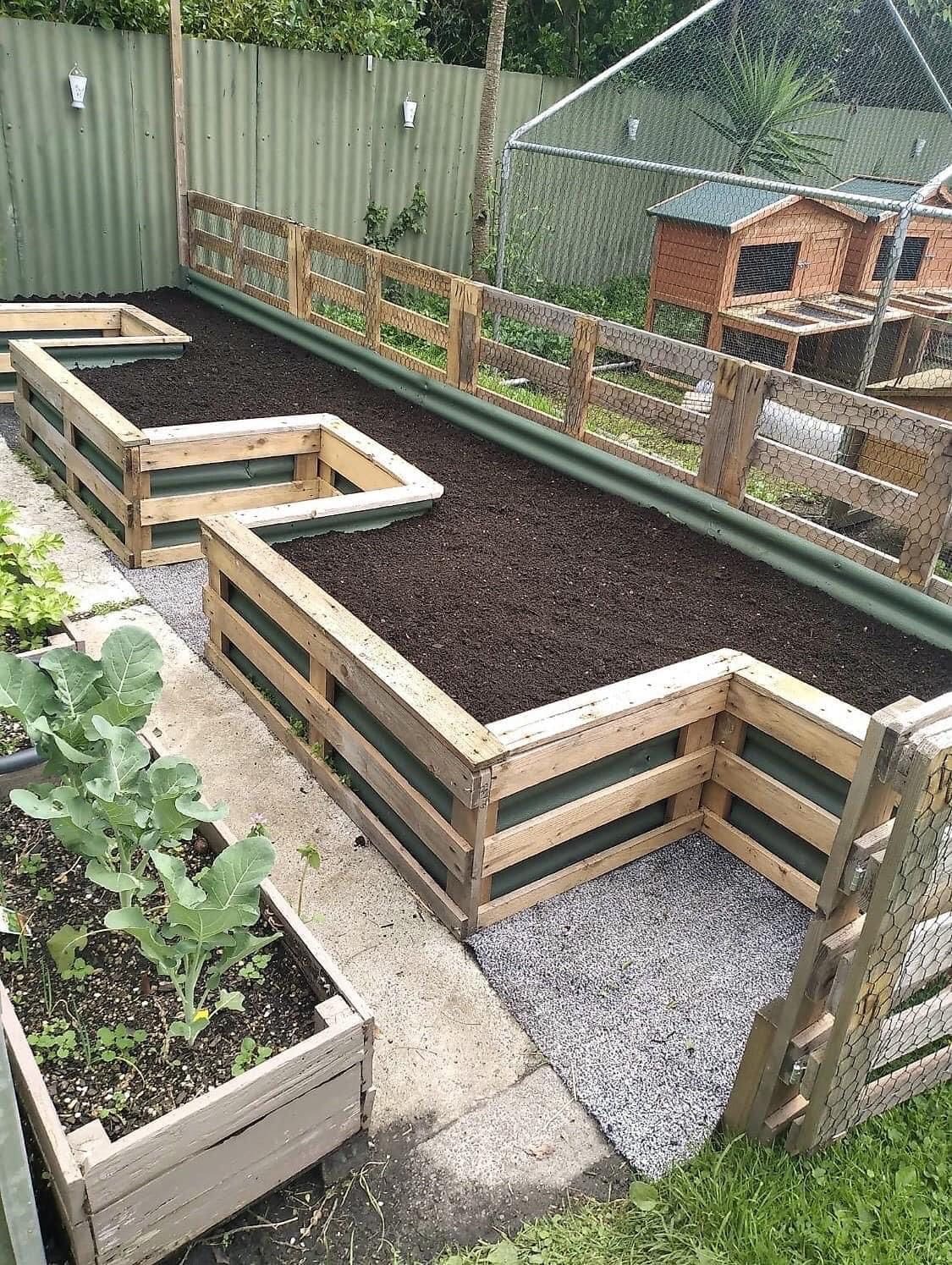
Pallet gardening isn’t just about upcycling wood, it’s a smart solution for tight spaces, poor soil, and vertical growing.
The structure of a pallet helps organize your garden into manageable sections while reducing weeds and improving drainage. It’s especially helpful if you’re gardening on patios, balconies, or urban lots with little ground space.
Since the depth is limited, pallet gardening is best for shallow-rooted plants, but that limitation turns into an advantage, it keeps things tidy and encourages better spacing and airflow.
Plus, you’re reusing a free resource that would otherwise end up in a landfill.
1. Lettuce
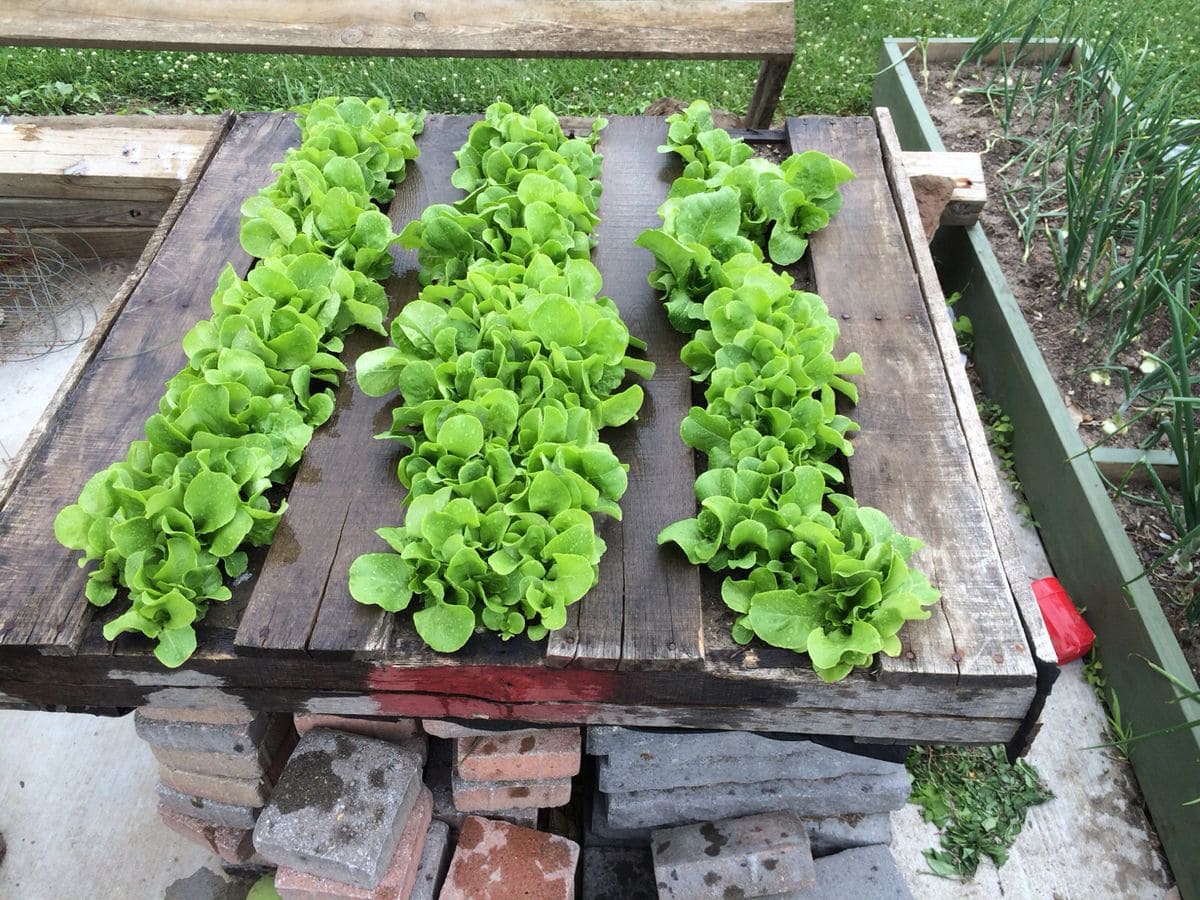
Lettuce is practically made for pallet gardening. It grows quickly, doesn’t need deep roots, and thrives in the shallow pockets pallets naturally provide.
One trick many overlook is how the pallet slats offer dappled shade, which helps prevent bolting during hot weather.
You can stretch your harvest much longer by placing your pallet garden where it gets morning sun and afternoon shade. Plant a mix of leaf types like romaine, butterhead, and oakleaf to get a steady harvest and better disease resistance.
When harvesting, just pick the outer leaves instead of pulling the whole head—that’ll keep it producing longer.
2. Strawberries
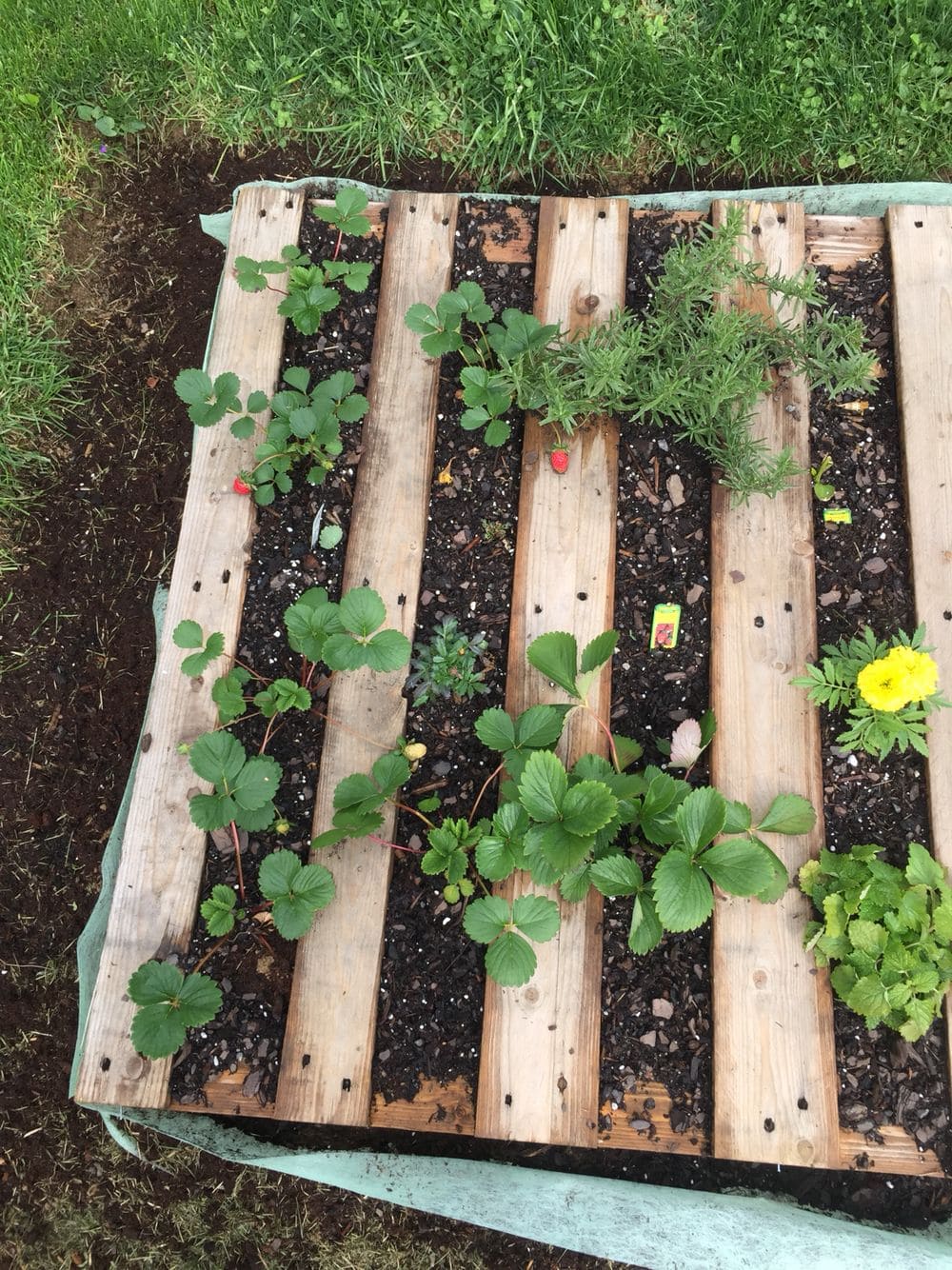
Strawberries love the setup a pallet garden offers. When the fruit hangs off the edge of a pallet, it stays clean and dry, reducing the chances of rot or slug damage.
What many gardeners don’t realize is that elevating strawberries can also lower pest problems like ants or beetles. Use landscape fabric behind the slats to hold soil in place and make small holes to tuck in the plants.
If you secure the pallet vertically against a wall, make sure it still gets enough light for fruiting.
Strawberries also throw off runners so those can be pinned into nearby pockets for free new plants.
3. Spinach
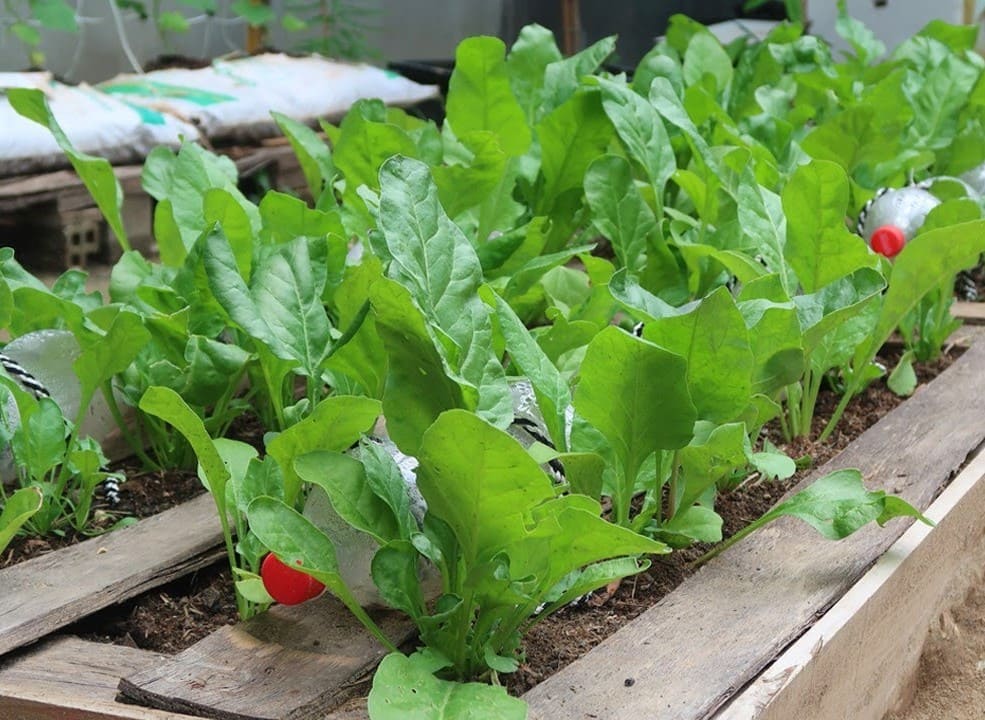
Spinach grows beautifully in pallets, especially in cooler weather.
If you angle your pallet garden to face east, spinach benefits from morning light while avoiding harsh afternoon sun. This setup helps slow down bolting, which can ruin your crop fast.
Most sites won’t tell you that pallets actually protect the base of spinach from soil splash and disease, especially when rain is heavy.
Stagger your plantings every couple of weeks for a steady supply. Just keep the soil moist and enriched with compost or worm castings.
4. Thyme

Thyme is tough, aromatic, and happy in shallow soil, making it one of the easiest herbs to grow in pallets.
What makes it even better is that it loves the radiant heat from sun-warmed wood. This boost in warmth helps thyme produce more flavorful essential oils.
It doesn’t just grow, it sprawls gently and fills in spaces between slats, helping to shade soil and suppress weeds.
Once established, it needs very little water and shrugs off most pests. It’s also a great natural companion for vegetables, confusing or deterring harmful insects.
5. Marigolds
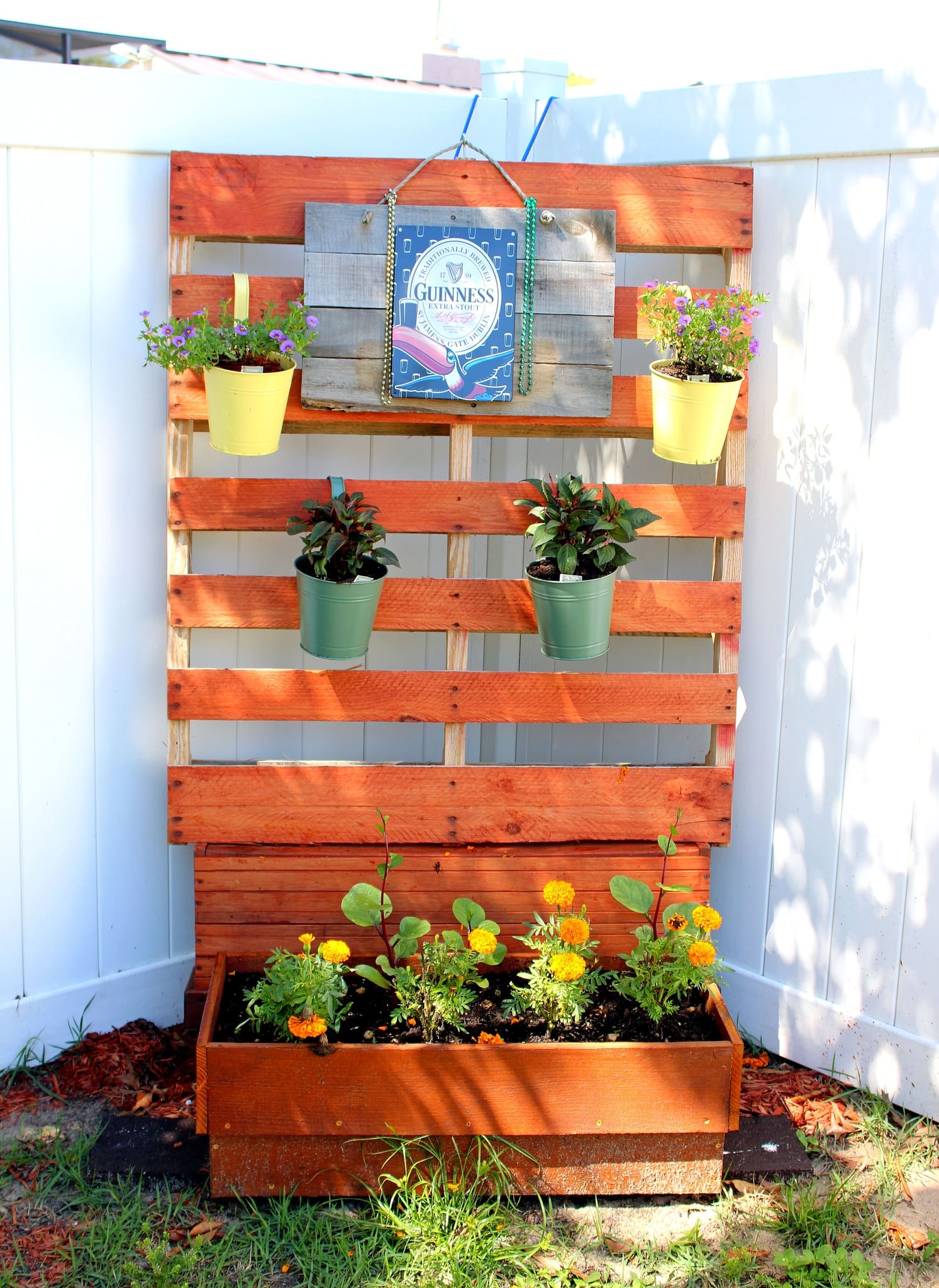
Marigolds don’t just add color, they’re like bouncers for your garden. They repel nematodes, aphids, and even whiteflies, making them ideal border plants for your pallet setup.
But here’s the bonus, they also attract hoverflies, which feed on aphids. That’s a win-win.
In a pallet, their roots help hold the soil in place, and dwarf varieties don’t overpower nearby veggies. Deadheading blooms keeps them blooming all season. Some gardeners even dry marigold petals for homemade salves and teas.
6. Arugula
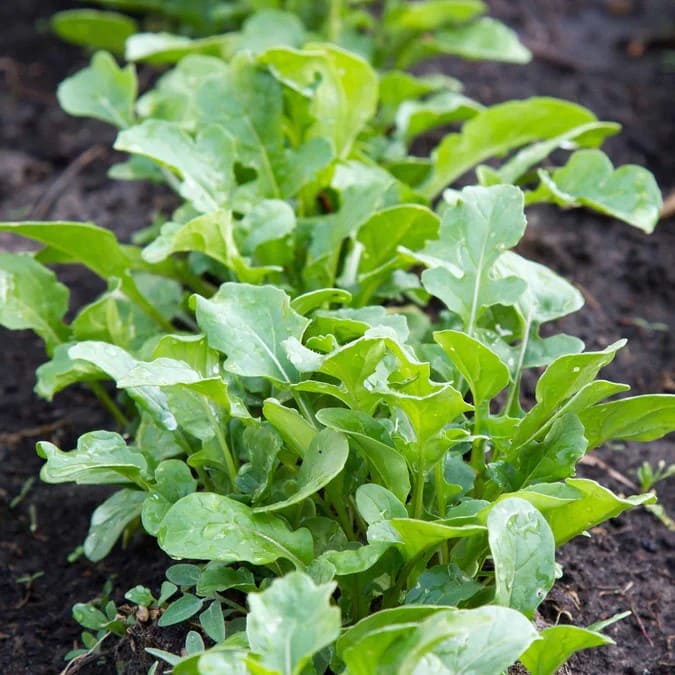
Fast-growing and spicy, arugula is one of the most rewarding greens to grow in pallets. You can harvest it as early as three weeks after planting.
What’s more, arugula actually does better when grown off the ground as fewer flea beetles seem to find it, especially when it’s surrounded by herbs like dill or coriander.
You can sow new seeds every 10 days for a continuous harvest. It doesn’t mind cool temperatures, and pallet slats help maintain soil moisture longer than a shallow tray.
7. Radishes
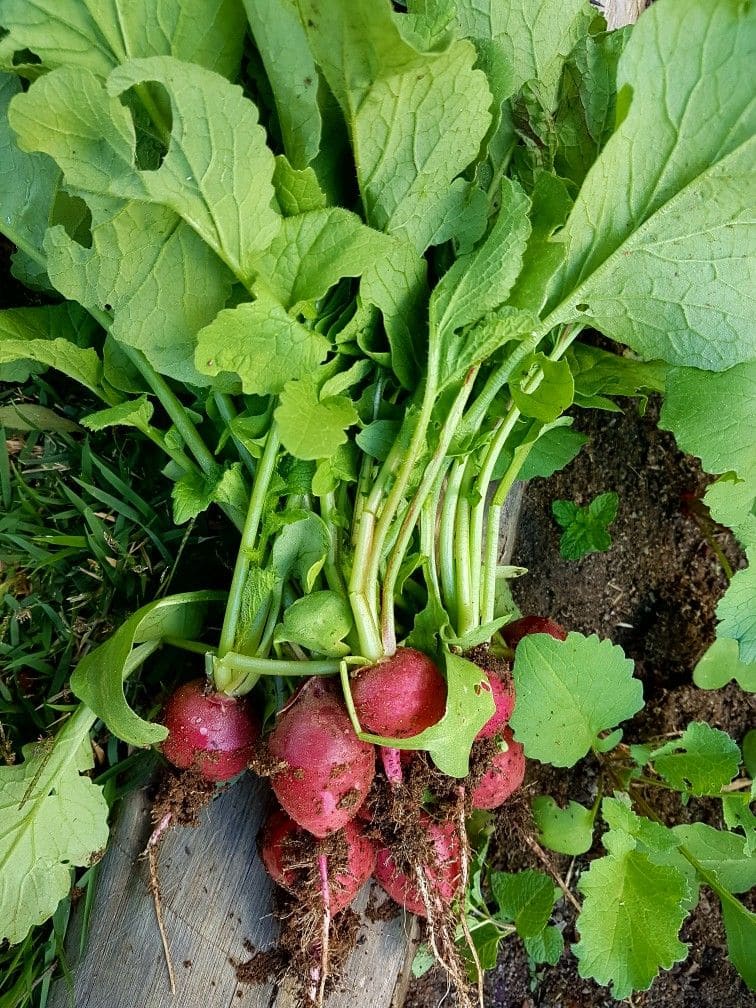
Radishes are quick, crunchy, and almost foolproof. They’re ideal for new gardeners and a perfect match for pallets. The limited soil depth helps them stay small and tender, which is what you want.
If you’ve ever grown radishes that split or grew woody, you’ll love how consistent they are in a pallet garden.
You add a bit of sand to the soil to keep roots smooth and reduce moisture-related rot.
They’re also great to tuck between slower growers like lettuce or carrots. A full cycle can take just 25 days.
8. Parsley
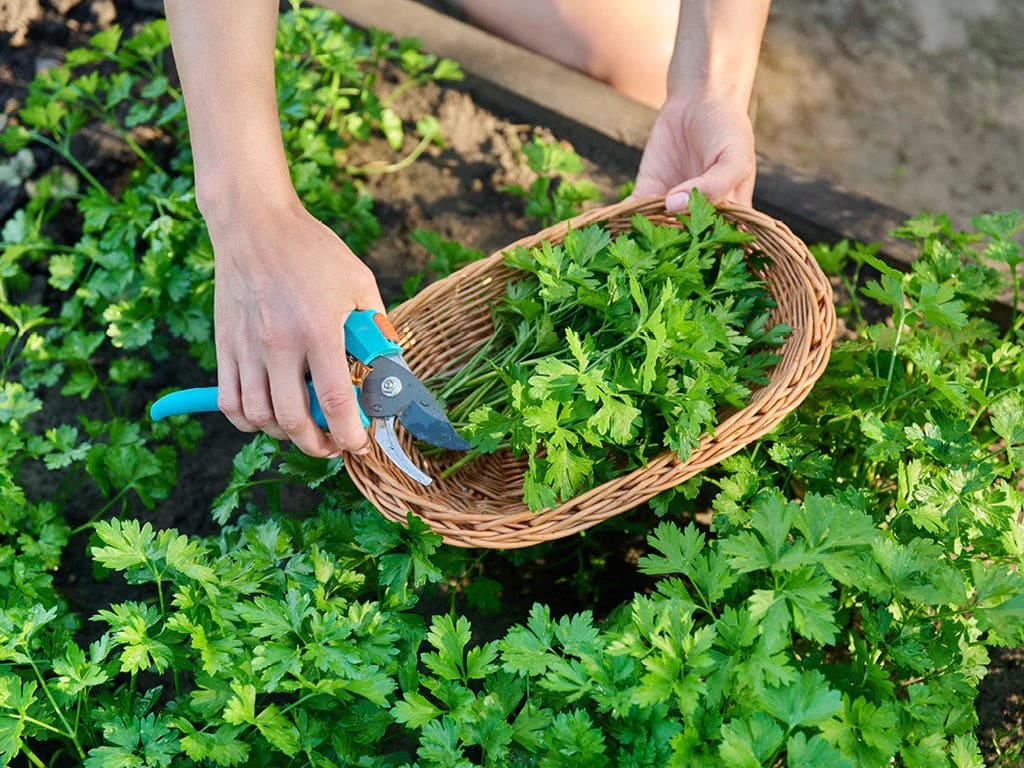
Parsley grows fuller when you harvest it often, and the structure of a pallet helps encourage that habit. It prefers deeper soil, so choose lower pallet slots or even lay the pallet flat if you can.
Many gardeners don’t realize that parsley roots release compounds that help balance soil fungi.
You’ll get more tender leaves if you mulch lightly and keep moisture steady. And don’t give up on it in fall; parsley can handle mild frost and often returns even stronger in early spring.
9. Chard
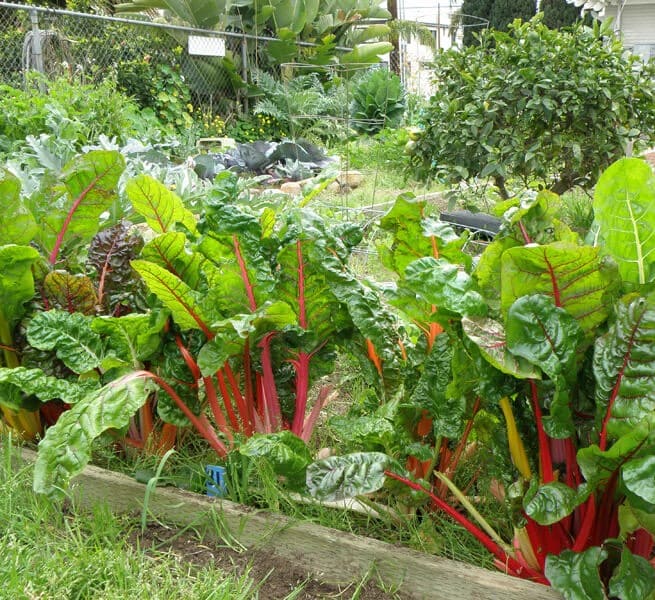
Chard brings structure, color, and resilience to pallet gardens. With its upright growth, you can place it in vertical designs without crowding.
What makes chard especially good in pallets is that it resists drying out thanks to its large leaves shading the soil. Just harvest from the outside regularly to encourage new growth.
And if slugs are a problem in your yard, pallets give chard an edge by lifting it off the ground where slugs like to hide. Feed it monthly with compost or fish emulsion to keep it going strong.
10. Basil
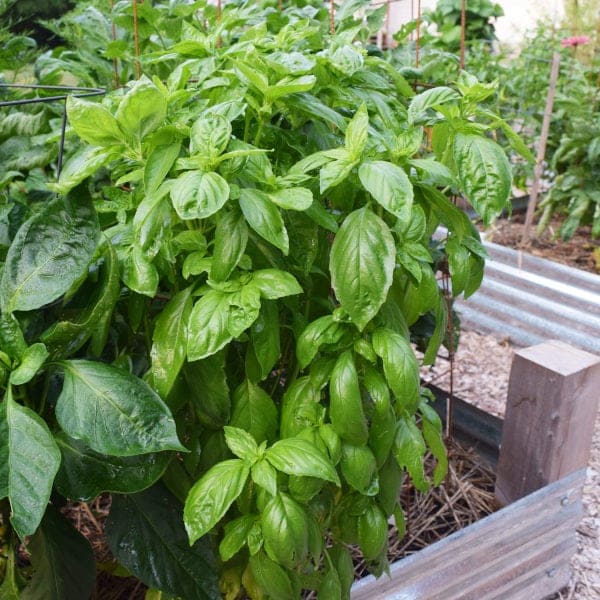
Basil’s love of warmth and airflow makes it a perfect match for pallets.
Poor ventilation often leads to downy mildew in traditional beds, but pallets help air circulate around each plant. Tuck basil into mid-level slots where sunlight is steady but not scorching.
One trick you may not hear often, rotate your pallet during the day to help basil grow evenly and avoid leggy stems.
You can also pair it with tomatoes or peppers for a fragrant and productive mini-garden.
How to Care for Plants in Pallet Gardens
You should water frequently, as pallets dry out quicker than beds. Use a soil mix that retains moisture but drains well so compost blended with potting mix works best.
If you’re growing vertically, make sure each pocket gets sun exposure and isn’t too shaded by the one above. Fertilize lightly every few weeks using compost tea or organic liquid feeds.
Specially, rotate plant types each season, even in small setups, to keep pests and soil fatigue in check.
